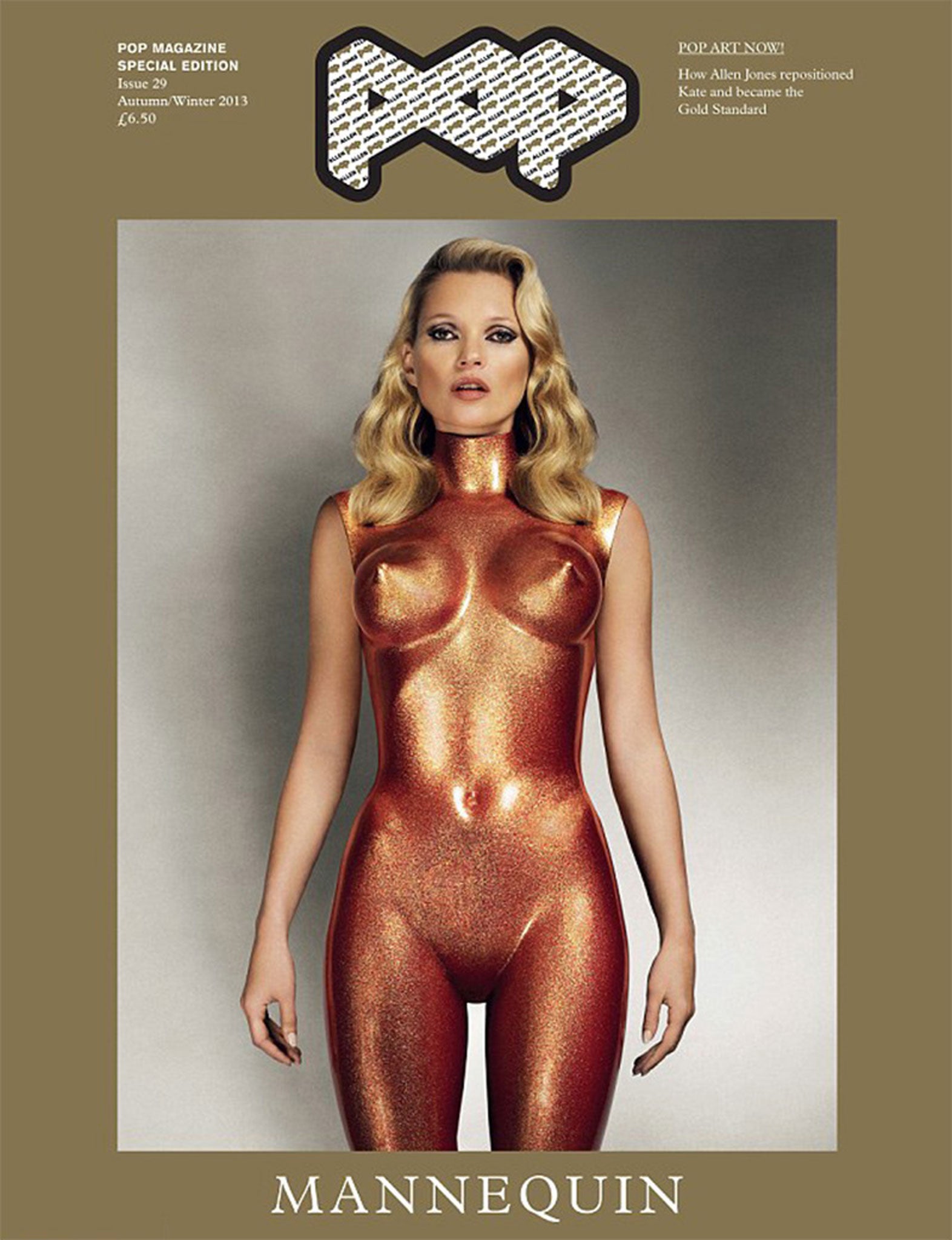Alexander Fury: 'Fetishism and fashion? It's a perfect match...'

Who introduced fashion to fetishism? Many lay claim. There's Christian Dior for one, who idolised his mother and tried to recreate modern women in her Belle Époque image. John Galliano based a whole Dior collection around that titillating Freudian conceit.
Maybe it lies with Georges Vuitton, son of Louis, who invented the designer logo and with it the status handbag, one of the most fetishised fashion pieces of contemporary times. And, of course, there's Nicolas-Edme Rétif, a nobleman in the vein of the Marquis de Sade. If you haven't heard of him, the original term for shoe fetishism was retifism.
Personally, I place the emphasis firmly at the feet (no pun) of one man: Allen Jones, the Sixties pop artist renowned for his hyper-sexualised, yet terribly fashionable, images of women corseted, heeled and coiffed. There was the furniture, too, of course: contorted women as chair, table and hat-stand. They weren't naked, like their rip-offs in A Clockwork Orange (which Jones didn't design, as Kubrick wouldn't offer a fee) – but the fact they were clad in kinky strips of leather only heightened their erotic appeal.
Pop was always about a fusion of art and fashion. Jones, however, was quintessentially British in his fashionable fetishism. At the time, his work wasn't juxtaposed with the still slightly frigid chic of Yves Saint Laurent's Parisian haute couture, but such earthly delights as the May 1971 issue of Nova that provoked readers with the candid coverline, 'How To Undress In Front Of Your Husband' and Amanda Lear in a zip-through cocktail dress. The same designer of that frock, Antony Price, also trussed Ms Lear in leather for the cover of Roxy Music's For Your Pleasure, which was, in his words, about "that kitsch Allen Jones kind of sexuality".
There's something about that kitsch sexuality that resonates constantly. Jones's work has never really fallen out of style. Even in the early Nineties, when Aids had ravaged the international fashion community, Thierry Mugler, Dolce & Gabbana and Vivienne Westwood were trussing models up in the trappings of the sex-shop. And even the cerebral Hussein Chalayan has been seduced by Jones's vision: in 2009 he turned to leather specialists Whitaker Malem (who make Jones's second-skin body pieces) to create calfskin anatomical protrusions to adorn body-conscious dresses.
This month, Jones turned 76. How better to celebrate than wrapping Kate Moss in a 'birthday suit' of bronzed leather? His shot appears on the cover of the latest POP magazine, appropriately enough, given that Miss Moss herself is something of a living work of pop art. "He added a polish to fetish wear that was already gleaming," says the magazine's editor-in-chief, Ashley Heath. Sounds like every fashion house's dream.
Alexander Fury is Fashion Editor of The Independent
Join our commenting forum
Join thought-provoking conversations, follow other Independent readers and see their replies
1Comments